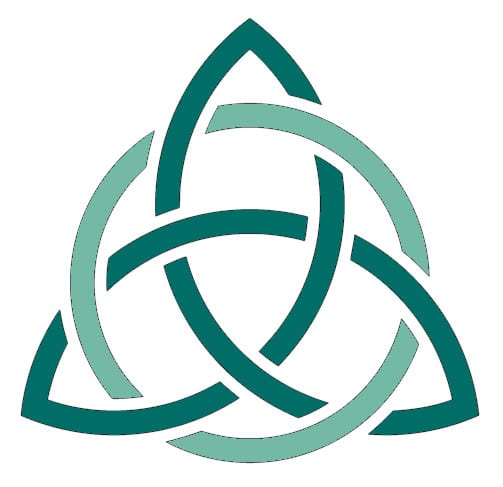Samhain is one of the major festivals of the Wheel of the Year, for many it is the most important festival of all. It is the third and final harvest festival of nuts and berries and is also a fire festival.
Samhain is also known as All Hallow’s Eve, Shadowfest, Festival of the Dead and in Wales it is know as Noson Calan Gaeaf. Calan meaning eve, gaeaf meaning winter and noson meaning night, so Winter’s Eve Night. For the Celts it was the end of one year and the beginning of the next. It is a time to put our affairs in order, the crops would have been harvested and preserved in preperation for the cold winter ahead, the animals would be brought in to keep them safe and well until the long, dark months of winter passed.
It is the end of the cycle of birth and growth, it is the point of death, and the earth appears lifeless.
Celebrations would begin with the ritual bonfire which were said to welcome the spirits back to earth during this special time. Since Samhain was the Celtic New Year’s Eve, it’s not surprising to find that cleansing rituals would be performed. People would walk their cattle between two bonfires with the belief that the smoke and incense from burning herbs had special properties that would purify and offer protection. The smoke would also serve a practical purpose, it would rid the animals of fleas as they were prepared for winter quartering.
The ‘veil’ between the world of the living and the world of the dead is at its thinnest on this night, making it easier to communicate with the spirits. The spirits of the deceased would come in search of food and comfort, however along with the ancestors came other unwelcome spirits and faeries looking to create mischief and mayhem. Some people would carry food in their pockets to be used as bribes if they were caught unawares by these mischievous spirits and hollowed out potatoes or turnips illuminated by candles were used to scare these spirits.
Samhain is a time to remember and honour our ancestors both human and animal, a time to remember how important they are to us. On Samhain night itself a simple ritual is to light a candle for anyone we know who might have passed away in the past 12 months, one candle for relatives we knew and another for our ancestors. As each candle is lit, say the name of the person and any other memories connected to them. Animals can be remembered in the same way.
Many cultures used ‘soulcakes’ as offerings. These would be made with local grains. So in India are made of rice, in Japan millet cakes and in many parts of the UK, pancakes were common offerings. Consider leaving a loaf of bread on your kitchen table as an offering to show the ancestors that we remember them, any food that is considered special to the family is acceptable.
The cauldron is closely associated with Samhain, a cosmic container for all life and death and of transformation and rebirth. The besom is used both practically and symbolically. It sweeps away the last of the autumn leaves, as well as ritually to sweep and clear away old energy, creating space for the new.Traditionally besoms are made from birch twigs, birch is associated with purification and renewal. Make a besom by gathering a large bundle of birch twigs and tie together. Drive a broom handle into the middle of the bundle, ideally hazel or ash. Acorns the seed of the great Oak, representing wisdom, longevity, rebirth and strength. An acorn in your pocket is an amulet of good fortune. Apples are considered a sacred and magical fruit and a symbol of life and immortality. Colours associated with Samhain are black for death and endings, orange for the vitality of life within death and purple for wisdom, insight and inspiration.
Honour the ancestors, have fun and enjoy this fire festival.

